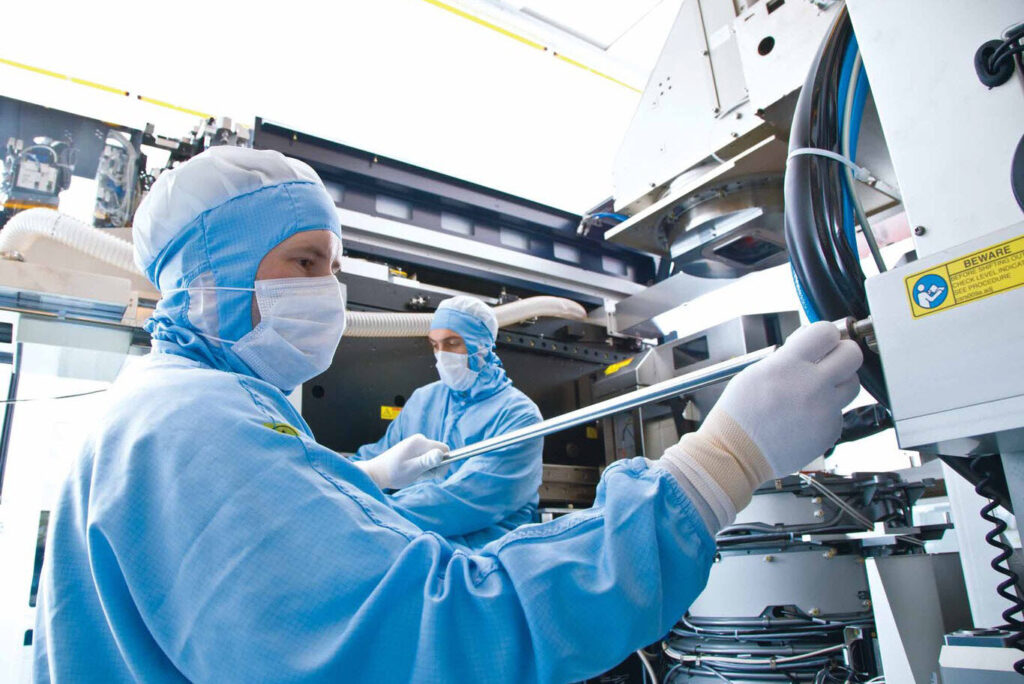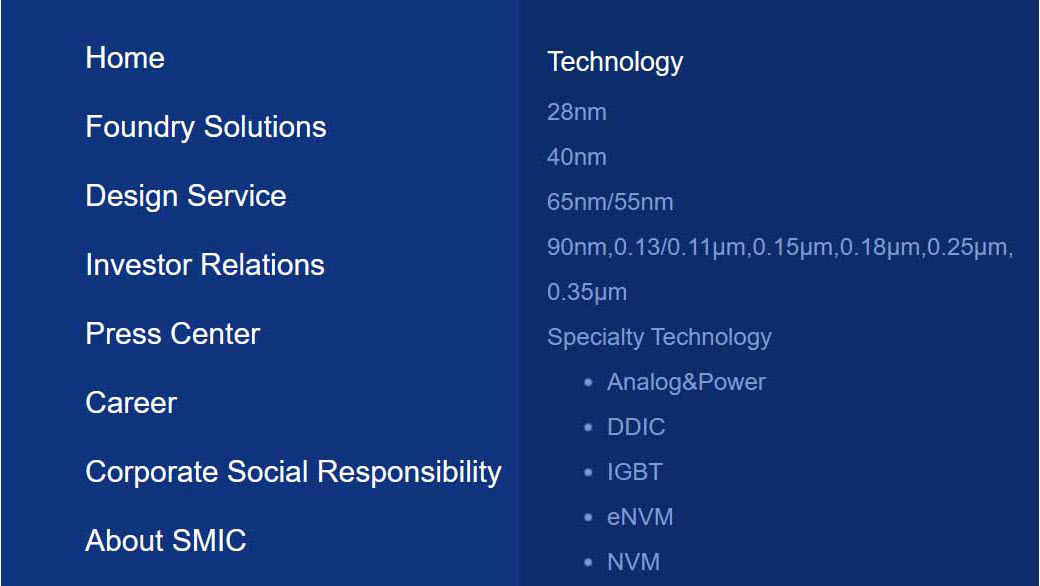Other Technology | May 20, 2023

The effects of the sanctions imposed on Chinese semiconductor manufacturers by the US-led alliance are already being felt. The US government argues that the goal is to prevent China from using the most advanced integrated circuit manufacturing technologies currently available to further enhance its military capabilities. The US has the support of not only Western countries but also Japan, Taiwan, and South Korea.
The most aggressive measure taken by this alliance so far prohibits ASML from selling its most advanced lithography equipment, which uses extreme ultraviolet (EUV) light source, to Chinese chip manufacturers. Additionally, ASML is also unable to deliver its deep ultraviolet (DUV) lithography machines to Chinese companies, effectively preventing them from producing their own cutting-edge chips.
SMIC (Semiconductor Manufacturing International Corporation) is the largest Chinese semiconductor manufacturer. Its current market share is around 5%, which is significantly lower than the 17% held by Intel and Samsung, and much further behind the massive Taiwanese company TSMC with a 54% market share. Nonetheless, SMIC is closely trailing behind the US-based GlobalFoundries, which has an approximate 7% market share. These figures clearly reflect its significance in the integrated circuit market.
Hua Hong Semiconductor and SMES (Semiconductor Manufacturing Electronics Shaoxing) are also two very important chip manufacturers, but SMIC is the true flagship of China’s semiconductor industry. It is currently producing integrated circuits on its 14nm nodes, although in August 2022, several Chinese media outlets leaked that it had already completed the technological foundation necessary to manufacture 7nm chips. However, all of this seems to have gone down the drain.

And it is that the section of the SMIC website that lists the lithographic processes maintained by the company no longer includes the 14nm integration technology. The processes of 28nm, 40nm, 55nm, 65nm, and 90nm and beyond are listed, but not 14nm. And until very recently, it was listed. The likelihood that the absence of this integration technology has been caused by the sanctions imposed on SMIC is very high. In fact, Asian media outlets consider this consequence to be definitive.
Some Chinese experts, such as Zeng Liaoyuan, an associate professor of telecommunications engineering at the University of Electronic Science and Technology of China in Chengdu, argue that their country will need at least two decades to develop the necessary technologies to manufacture advanced semiconductors without relying on foreign innovations. Interestingly, this timeline suspiciously coincides with the time ASML needed to develop its EUV photolithography machine.